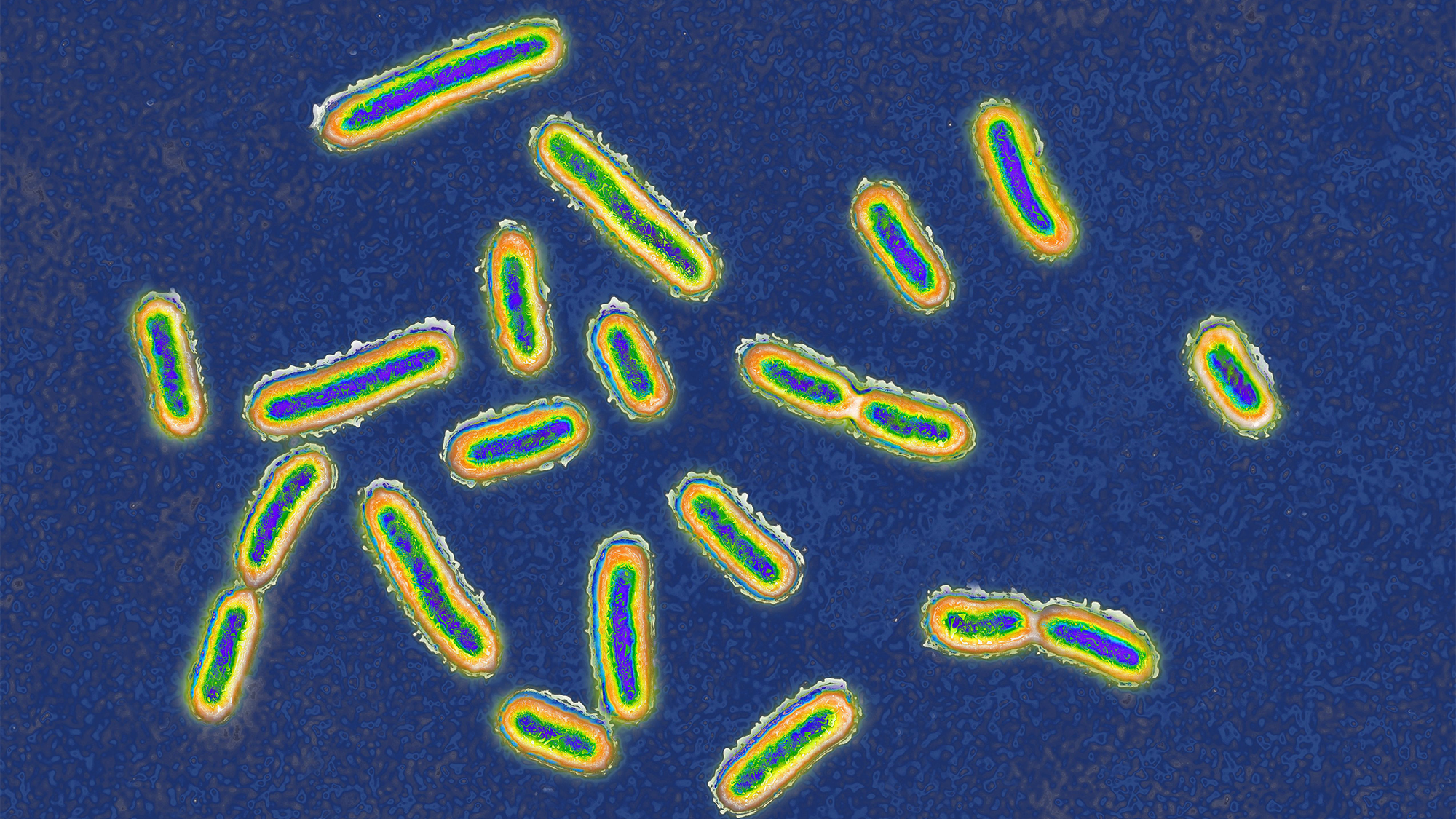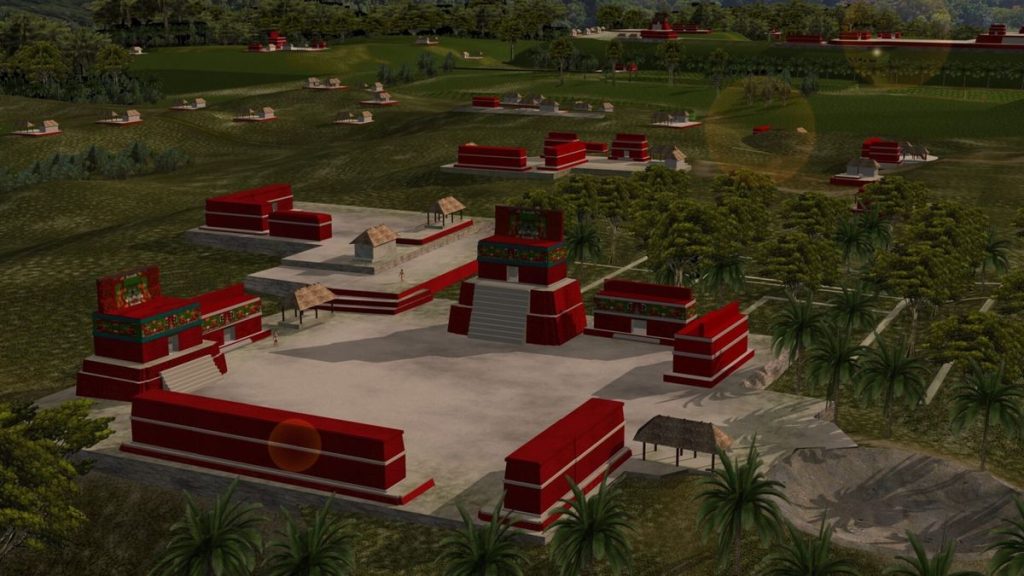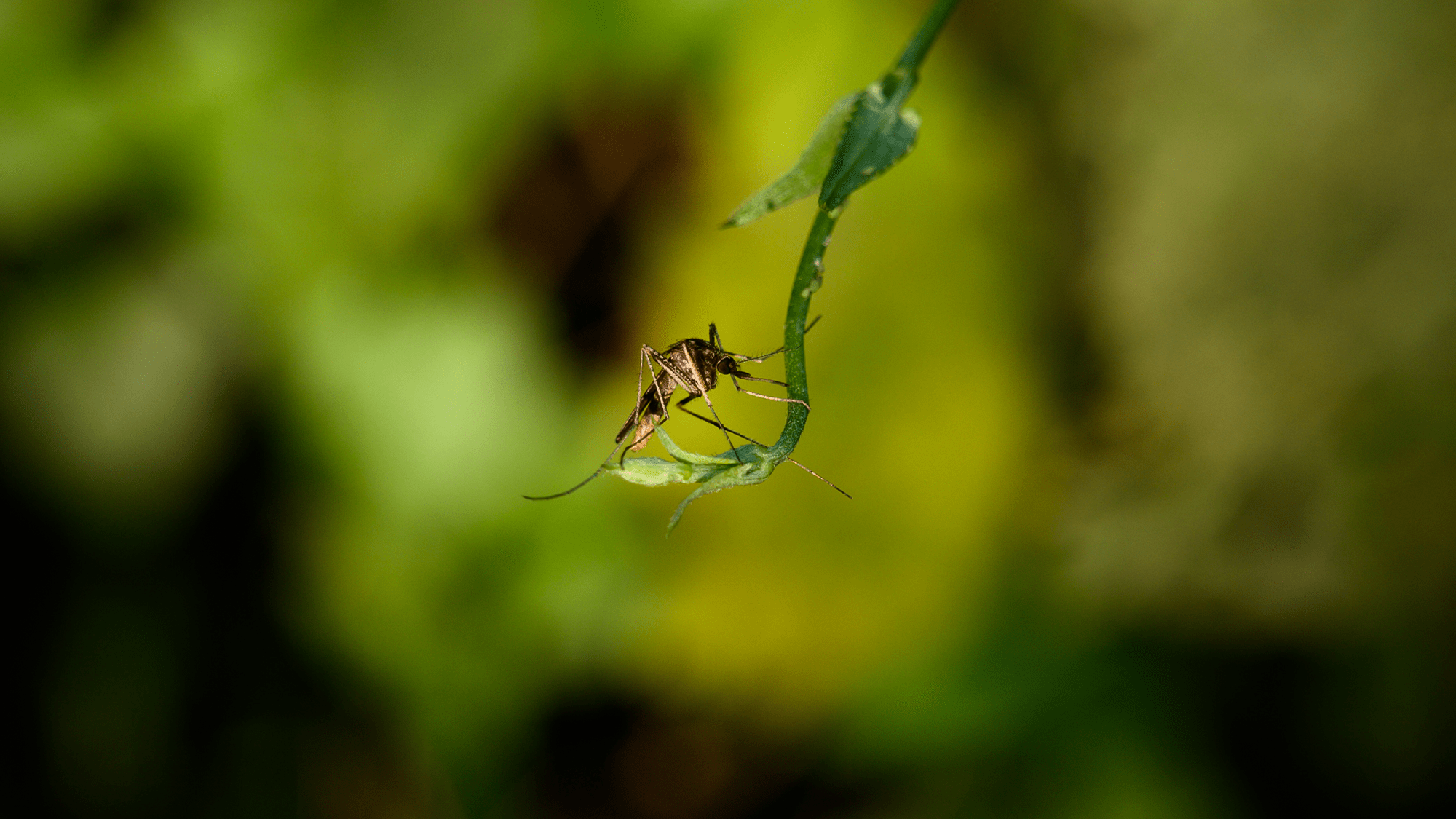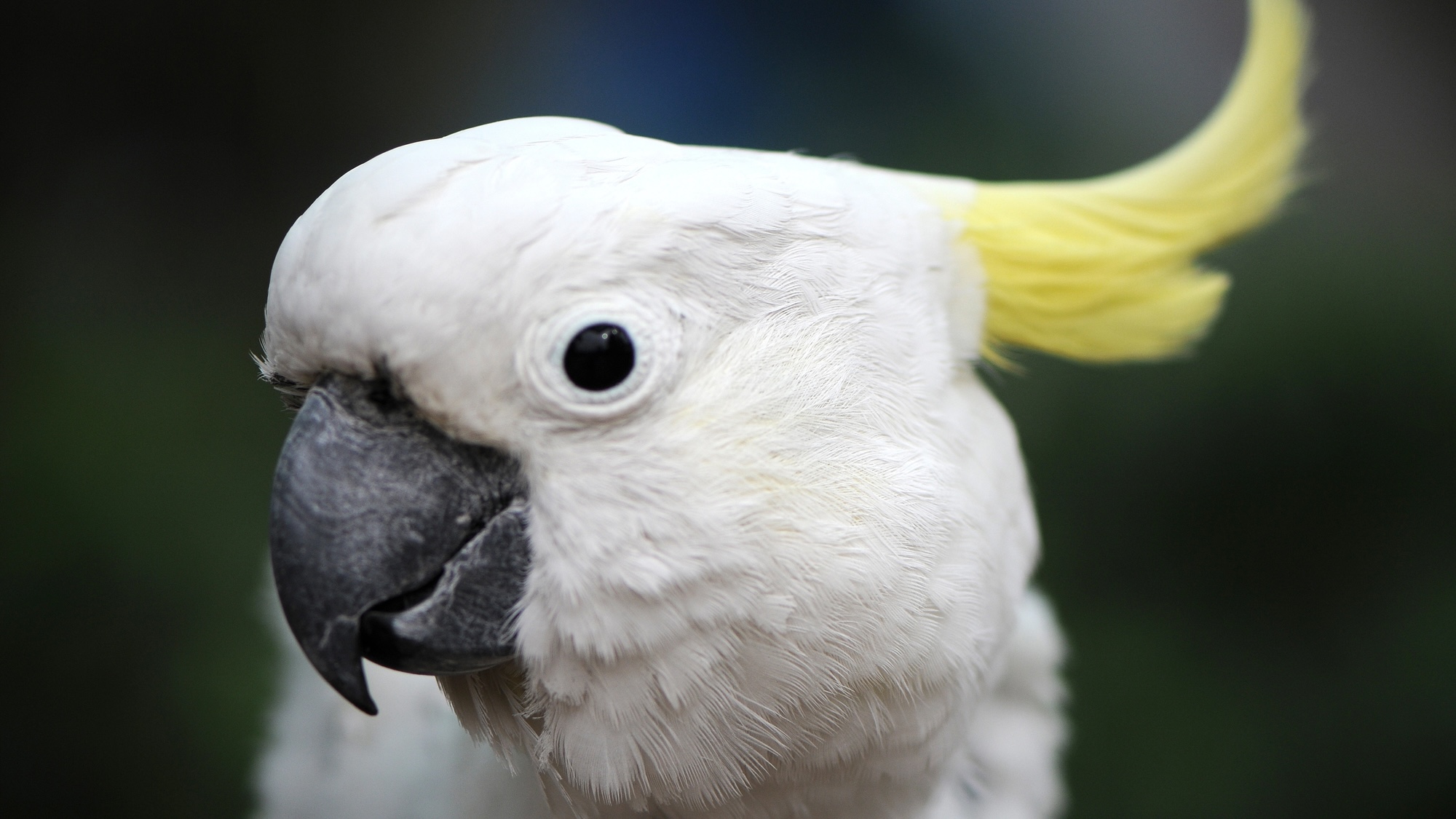
Get the Popular Science daily newsletter💡
Breakthroughs, discoveries, and DIY tips sent every weekday.
The tiny world of microorganisms is full of microbes competing in a major life or death battle. The tiny lifeforms compete for turf, gobble up some pollutants, spew chemicals at their foes, and will exploit terrain in order to get an edge and thrive. New research into this microscopic turf war found that bacteria can speed up by using fluid pockets that are shaped by nearby yeast cells. Hitching a ride with these moisture trails allows the bacteria to spread faster and swim further. The findings are detailed in a study published June 4 in the Cell Press journal Biophysical Journal and reveal a new way that microbes travel through plants, soil, and even our own bodies.

“When studying microbial interactions, research often focuses on the chemical nature of these interactions,” study co-author and Cornell University microbiome engineer Divakar Badal said in a statement. “But we learned that physical properties also play an important role in how microbes grow and spread.”
In the study, the team focused on the bacterium Pseudomonas aeruginosa and fungus Cryptococcus neoformans. P. aeruginosa is a rod-shaped bacteria found in soil and human airways and has tail-like propellers. According to the Centers for Disease Control and Prevention, it can cause infections in the blood, lungs (pneumonia), urinary tract, or other parts of the body after surgery.
C. neoformans is a stationary yeast that can be deadly in those with weakened immune systems and lives throughout the world. Infections from this fungus can affect the different parts of the body, but causes lung or brain infections (cryptococcal meningitis) most often.
The team watched under a microscope as the two species closed in on each other. The P. aeruginosa bacterium eventually swarmed into the puddle-like fluid surrounding the C. neoformans yeast. The bacteria cultured with yeast spread up to 14.5 times faster than when it was cultured alone. Additionally, isolated bacterial colonies quickly connected into continuous clumps.
At a microscopic scale, P. aeruginosa is comparable to a grain of rice. On that same scale, the yeast is about the size of a grape. These larger yeast bodies draw in moisture from the surface, which forms a thin halo of fluid that acts as a temporary swimming lane. This lane allows the bacteria to bypass the usual physical limits of a dry surface. When the team replaced the live yeast with dead ones or glass beads, the same halo effect was produced, indicating that the puddles were driving it.
“The bigger the obstacle, yeast and glass beads alike, the more fluid you have around it, and it’s better for Pseudomonas,” added Varsha Singh, a study co-author and molecular biologist at the University of Dundee in Scotland. “So, it’s leveraging what could have been an obstacle to move farther ahead.”
[ Related: Bacteria wars are raging in soil, and it’s keeping ecosystems healthy. ]
The team also found that the spread of the bacteria ebbs and flows within the landscape that the growing yeast cells create. They built a model to simulate the interactions between both the bacterium and yeast to better understand the dynamics at play. The model indicates that faster-growing yeast species like C. albicans altered the fluid landscape more dramatically, affecting just how quickly bacteria could travel.
“I was absolutely blown away by how well our model predictions match the experimental results,” said Danny Raj M, a study co-author and engineer at the Indian Institute of Technology Madras. “In a sense, the model is a virtual lab that simulates real behaviors. By changing the parameters, from growth rates to humidity, we can answer a number of questions.”
According to the team, the implications of this research go beyond the model and lab. Bacteria and yeast coexist in plants, soil, water, and the human body. The ability to ride fluid films may be one of the factors that helps bacteria colonize these environments more effectively, especially if moisture is scarce. The team plans to examine the way that both species interact in the real world to learn more.
“We tend to think of microbiology in an anthropomorphic way, focused on human lungs or the gut because we can relate to them,” said Singh. “But much of it plays out in the soil and other environments. That gives us a wonderful opportunity to explore new questions. I think that’s where the next frontier is.”

More deals, reviews, and buying guides
The PopSci team has tested hundreds of products and spent thousands of hours trying to find the best gear and gadgets you can buy.
























